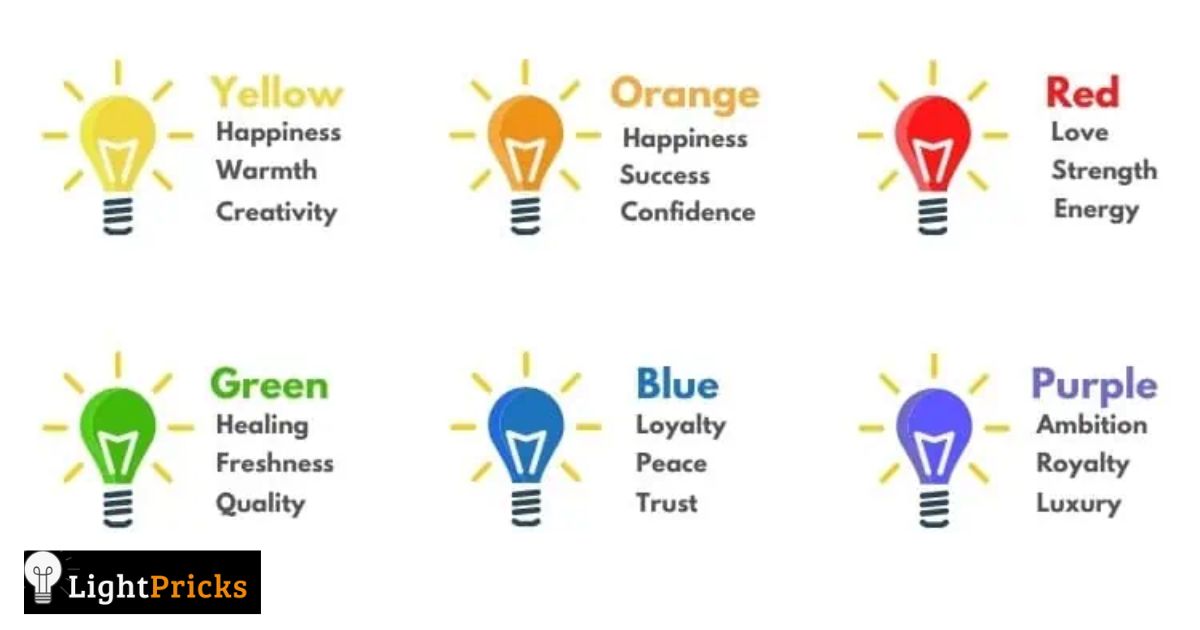Light comes in different colors depending on its wavelength. Recent research has shown that the color of light impacts our mood, emotions and behavior. The beach may relax you at sunset due to the warm orange glow, while an office lit with bright white lights gives you energy. Not everyone realizes that the lights around us are subtly altering our mood and state of mind.
This article will look at the different psychological and physical effects of colors like red, orange, yellow, green and blue. Knowing how colors make us feel helps pick lights for homes and work. The lights can make us feel good and do better. Let’s Started!
The Psychology Of Color
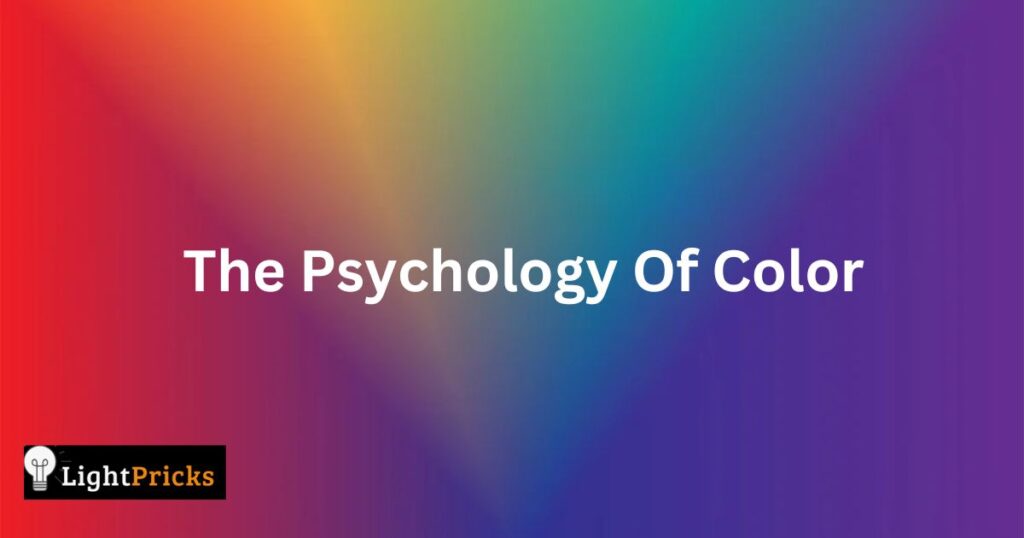
Colors give us different feelings. Red gives us energy but blue makes us calm. We learn to feel this way from a long time ago and from our culture. Green makes us balanced. Yellow makes us happy.
Bright colors like yellow feel happy. Cool colors like white make places feel serious. Warm colors like red and orange make places feel cozy. People who design places use colors to change how we feel. They make places feel happy, calm or exciting using different colors.
What Mood Do Red lights Create?
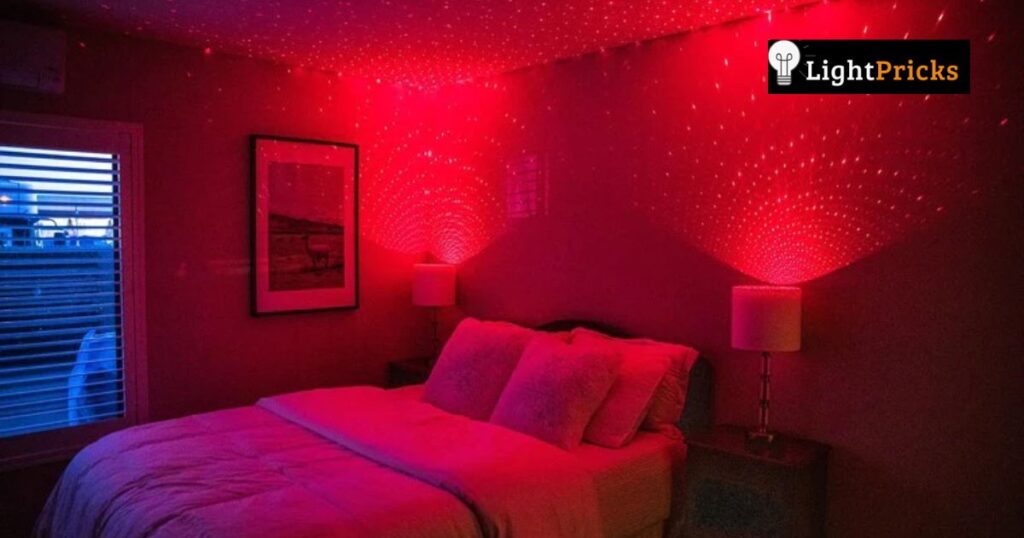
Red light decreases the body’s production of melatonin less than other colors. Melatonin makes us feel sleepy. Therefore, red light does not trigger sleepiness as much. Red light has a longer wavelength between 625-740 nanometers. This triggers a higher heart rate and metabolism as it mimics sunlight at dawn and dusk, giving an energizing effect. The long wavelength also stimulates the brain for focus and energy.
Red is linked to increased breathing and blood pressure, preparing the body for activity. In nature, red acts as a warning signal for danger, activating our innate “fight or flight” response. Due to its stimulating qualities, red light works well in environments requiring focus and energy like classrooms, gyms or conference rooms. However, it may disrupt sleep if used in the evenings or bedroom. Overall, red hue lifts mood and revitalizes through physical activation of our systems.
What Mood Do Orange Lights Create?
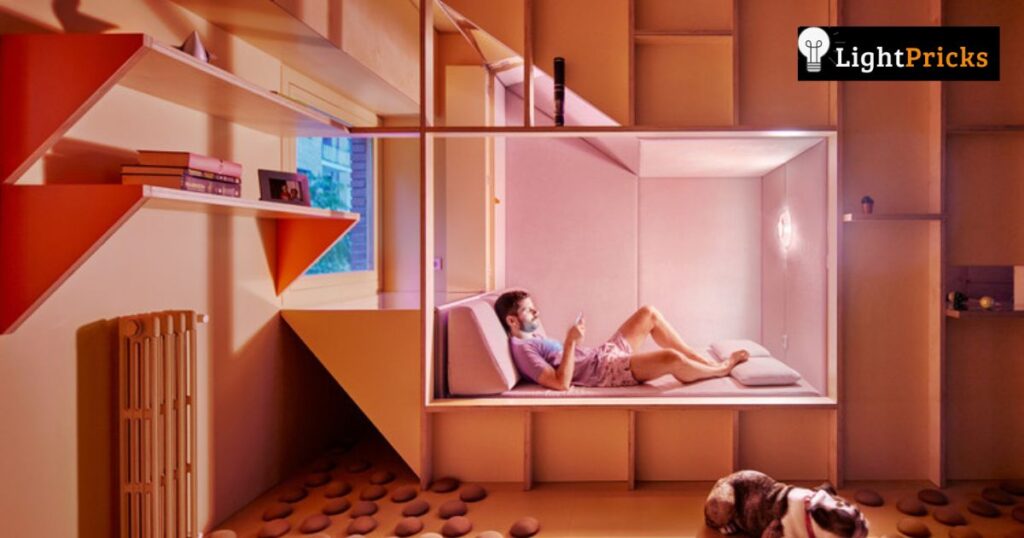
Orange light has a wavelength of 590-620 nanometers, between red and yellow. It secretes melatonin less than other colors but moreso than blue light. The warm tone generates a cozy, inviting atmosphere suitable for dining or living rooms.
Compared to red, orange light provides stimulation and energy without over-activating the body. It helps improve mood and reduce stress. As a middle ground between red and other hues, orange serves as a flexible lighting option. Studies link it to feelings of encouragement and revitalization, uplifting workspaces. The tone signals enthusiasm without full activation like red.
What Mood Do Yellow Lights Create?
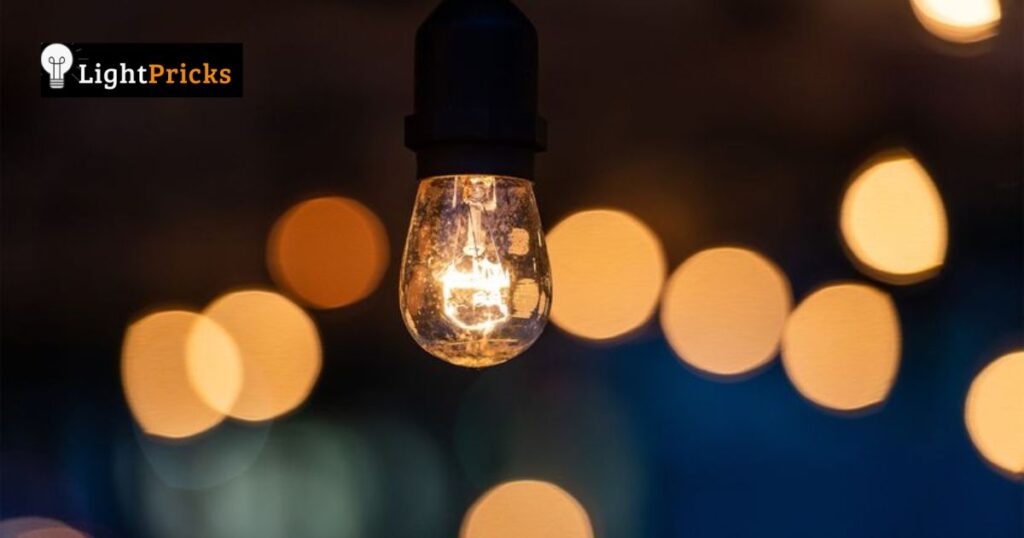
Yellow light’s 570-590 nanometer wavelength does not disrupt sleep hormones significantly. However, it stimulates more than longer wavelengths like orange and red. Research links yellow to increased serotonin and dopamine, chemicals for pleasure and happiness.
Psychologically, yellow conveys happy, optimistic feelings. As a mentally stimulating yet still relaxed color, yellow suits areas requiring medium activity levels such as cafeterias and recreation rooms. It benefits eyes more than stark white lighting without drowsiness. Yellow balances welcome and cheer qualities with focus without over-energizing the body.
What Mood Do Green Lights Create?

The balanced green wavelength between 495-570 nanometers impacts sleep little while maintaining clearer focus than blue light. Studies show green light reduces eye strain compared to more stimulating hues.
Green light subtly calms mental processing instead of over-activating thought processes. It helps concentrate without potential sleep issues seen in blue wavelengths. Associations with nature, growth and environment relate green to feelings of safety. As a stable middle ground, green benefits workspaces and study areas where sustained focus matters most.
What Mood Do Blue Lights Create?
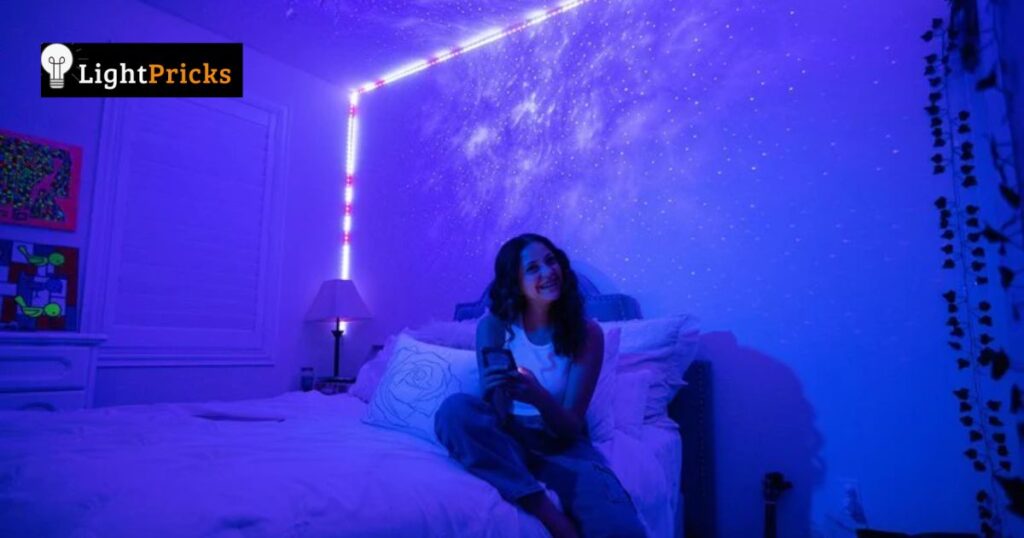
Blue light’s shortest visible wavelength from 450-495 nanometers most disrupts circadian rhythms and melatonin production compared to other colors. Blue significantly stimulates brain activity over other hues.
Short-term, blue light exposure lifts cognitive performance and mood. Exposure during the day enhances alertness and concentration. However, blue light before bed can disturb sleep patterns when melatonin would normally rise. For work requiring peak focus, blue suits temporary daytime or location-specific uses like offices, classrooms and medical areas. Too much evening exposure proves unhealthy, so using blue sparingly and transitioning lighting is best.
Effects Of Different Color Lights On Mood And Behavior
Lights change how we feel inside. Bright colors affect special body chemicals and how our brain works. This changes our moods. Red and orange make us have energy and feel good. Yellow makes us feel happy.
Green makes us focused without stress. Blue helps us pay attention but too much stops us from sleeping. Choosing the right colors for what we do helps us do better and feel better each day. It helps our body and mind work best at different times.
Applications For Well-Being
Using what we know about how colors make us feel helps lighting design. Softer white lamps feel nicer than hard lights. Orange lights welcome us in living rooms without lots of energy. Green and yellow helps at work when we need to focus.
Blue screen lights need to be less before bed. Lights for tasks turn on only where we work. Lights that change through the day make sleep times happy. Knowing how lights affect mood helps everyday choices. This helps pick lights for feeling good during work and rest.
FAQ’s
What color light is best for mental health?
Blue light helps the most with sadness. Studies show it works better than other colors. It lifts mood better and beats feelings of depression.
What are the different moods of lighting?
Using different brightnesses and colors of lights makes different feelings. Dim warm lights make calm and restful moods. Bright colors make happy and energetic moods. Changing lights can set solemn, relaxed or cheerful feelings.
What colour light calms anxiety?
Blue light help works very well for worries and bad moods issues. It fixes body and mind problems. When we feel upset, blue light relaxes our body well. Blue light has the most brightness of all colors.
What color is best for depression?
Seeing green can lift mood if you’re sad. It reminds us of nature. Green is balanced and the first color people test when learning about how colors affect feelings.
Final Thoughts
What Different Color Lights Do For Your Mood? Light colors give our body and mind different feels depending on their length. Choosing colors based on the time and what you need helps lights help you.
Home, work or play places feel better when lights use the right colors. Good lights make us feel good, focus well and rest nicely. Lights that follow natural sleepy times make us our best. Lights that change help each person feel nice and do their best work.


